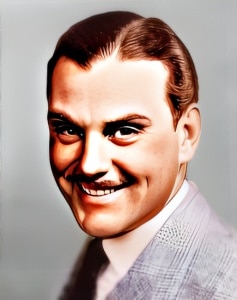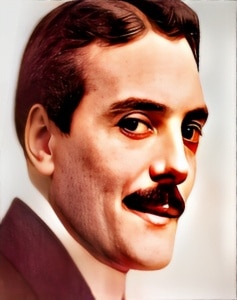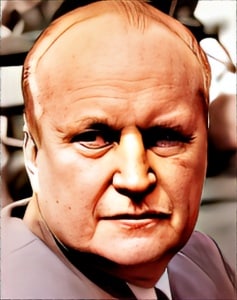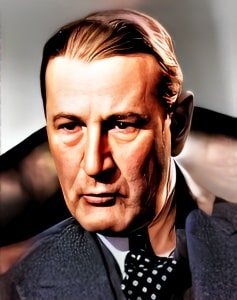 Hallam Burr, famously known by his stage name Hallam Cooley, graced the silver screen with his captivating presence during the golden age of silent cinema.
Hallam Burr, famously known by his stage name Hallam Cooley, graced the silver screen with his captivating presence during the golden age of silent cinema.
Born on February 8, 1895, in the borough of Brooklyn, New York, Cooley’s journey in the world of entertainment spanned over two decades, leaving an indelible mark on the annals of film history.
Cooley’s cinematic career unfolded against the backdrop of a transformative era in the film industry, marked by the transition from silent films to the advent of synchronized sound. Over the course of his career, he etched his name in the credits of more than 100 films, contributing his talent and charisma to the emerging art form.
The early years of Hallam Cooley’s life laid the foundation for a career that would see him become a prominent figure in silent cinema. He attended the Northwestern Military Academy in Highland Park, Illinois, an experience that likely instilled in him the discipline and commitment that would characterize his later endeavors. Following his time at the academy, he pursued higher education at the University of Minnesota, where he honed his intellectual acumen, adding depth to his artistic pursuits.
Cooley’s entry into the world of entertainment was marked by his early experiences as a stage actor. The theatrical stage served as a training ground, allowing him to refine his craft and develop the skills that would later captivate audiences on the silent screen. As he transitioned from the stage to the burgeoning film industry, Cooley’s journey took him through notable studios, including American, Ince, Selig, Universal, and eventually, Famous Players–Lasky.
One of the significant milestones in Cooley’s filmography was his portrayal of Henry Garrison in “ Beauty’s Worth” (1922). This film not only showcased his acting prowess but also added to the rich tapestry of silent films that captivated audiences in the early 20th century. The silent era, with its emphasis on visual storytelling and expressive performances, provided the perfect canvas for Cooley to display his talents.
Beyond the glitz and glamour of Hollywood, Cooley’s personal life wove a narrative that mirrored the complexities of the characters he portrayed on screen. On Christmas Day in 1919, he entered into matrimony with Elizabeth Bates, marking a significant chapter in his personal history. However, like many narratives in the world of entertainment, his first marriage encountered the challenges of the industry, leading to a divorce in July 1934.
The ebb and flow of Cooley’s personal life mirrored the dynamic nature of the film industry during the silent era. Following his first marriage, he found love anew, tying the knot with Doris MacMahon on August 1, 1935. This union ushered in a new chapter, providing a source of support and companionship as he navigated the evolving landscape of cinema.
In addition to his contributions to the world of entertainment, Hallam Cooley carried with him a familial connection to historical significance. Claiming to be a direct descendant of Aaron Burr, the third Vice President of the United States, Cooley’s heritage added a layer of historical resonance to his personal narrative.
As the final frames of Hallam Cooley’s cinematic journey played out, he left behind a legacy that transcended the temporal confines of silent cinema. His performances, immortalized in the celluloid reels of the early 20th century, continue to be discovered and celebrated by audiences and film enthusiasts alike. In an era where the absence of spoken words heightened the importance of visual storytelling, Cooley’s expressive acting and on-screen presence became a testament to the power of silent storytelling.
Hallam Cooley’s passing on March 20, 1971, marked the end of an era, but his contributions to silent cinema endure as a testament to the magic of early filmmaking. As audiences revisit the silent films that feature his name in the credits, they are transported back to a time when the flicker of the silver screen held the promise of cinematic enchantment, and Hallam Cooley was one of its luminaries, leaving an indelible imprint on the history of film.
Loading live eBay listings...




